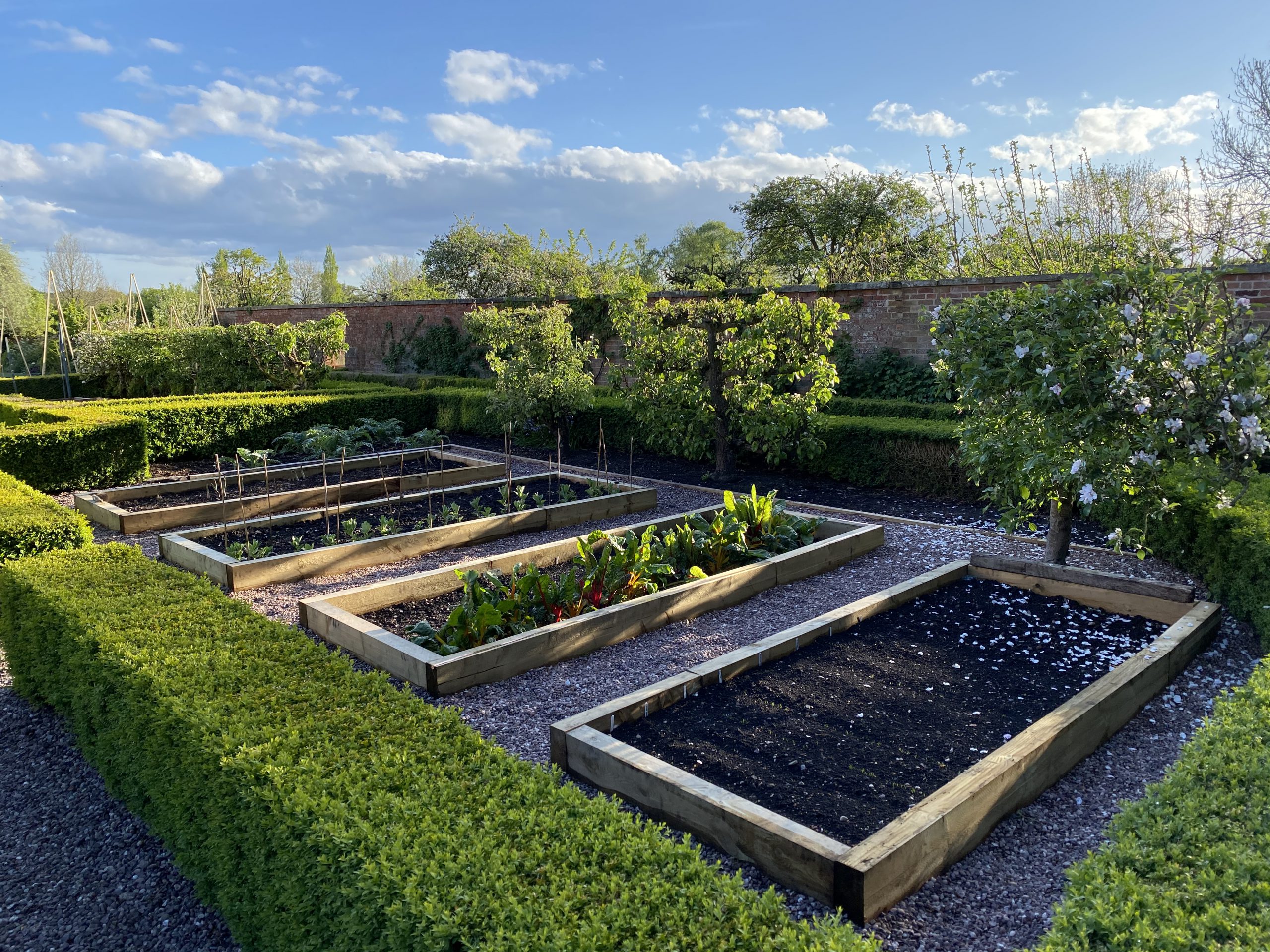Sleepers – What’s the Difference?
10:20 am
Wondering what type of sleeper is best for your gardening project, luckily the team at Park Timber has provided you with some answers!
What are railway sleepers?
Traditionally used to lay rail tracks, they are large rectangular pieces of timber that are now used in a variety of different ways in landscaping and gardening.
What is the difference between sawn and treated, hardwood and railway sleepers?

Softwood Sleepers
Our softwood sleepers are from faster growing trees where the wood is not as dense as slow growing hardwoods such as oak. As the softwood sleepers are not naturally as dense and strong, they are pressure treated to protect against rotting, however we would recommend a preserving treatment to be used annually to keep the sleeper at its best. Over the years without treatment the softwood sleeper will naturally change to a silvery colour. Softwood sleepers are the least hardwearing and will last the least amount of time

Oak Sleepers
Our oak sleepers are hardwood where the tree is much slower growing. The wood is dense and heavy and therefore naturally stronger and resistant to the elements without the need for treatment. Hardwood sleepers will last longer than softwood, although time frame can depend on where and what the sleeper is used for.

Railway Sleepers
Our railway sleepers are reclaimed from old European railway lines. They are creosote treated and are a Grade A sleeper meaning they are essentially sound and square edged, however may carry some defects. (The sleepers have been used for many decades so may contain fragments of metal and have markings). Railway sleepers can last for decades however due to the creosote are not suitable for borders as they can kill plants and grass with any creosote leaking out. They are perfect for retaining walls and driveways.
How to use sleepers in your garden?
Sleepers can be used in a manner of ways, the most popular uses are borders, retaining walls, raised beds and sleeper steps. They can also be used for lining ponds, benches, tables, fences, or even raised deck areas.


Can you cut sleepers?
Sleepers can be cut; it is best to make straight cuts with a circular saw or chainsaw. However, the reclaimed sleepers can sometimes have debris within them and therefore we would say to wear protective clothing. With softwood sleepers we would suggest coating the end with a preservative if cut as you expose the untreated centre.
What would you use to secure sleepers?
This is dependant on what you use the sleeper for however we would generally suggest the timber fastening screws.
